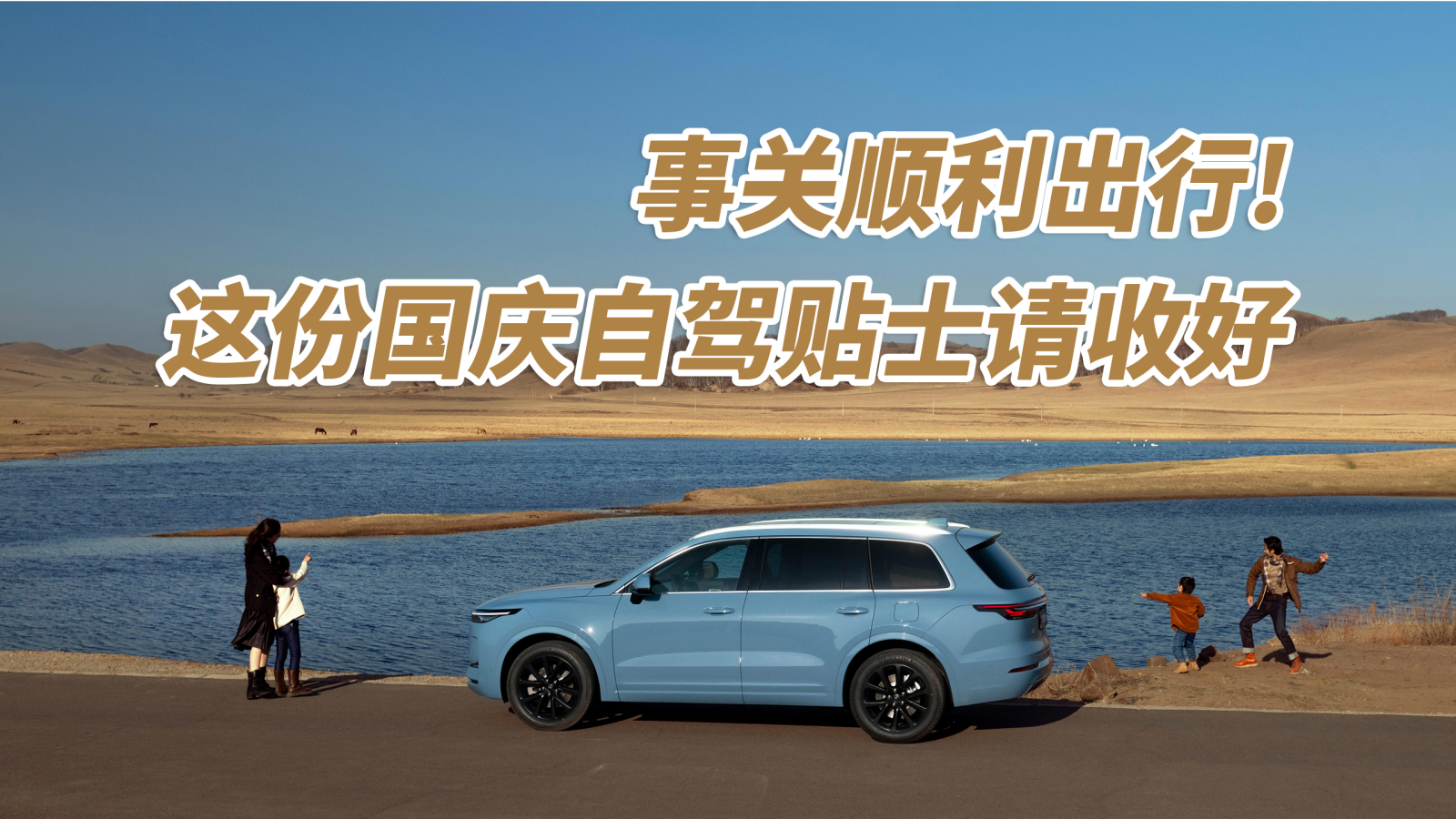Author: Expired Ad
The National Day holiday is coming soon. Are you planning a self-driving trip? I’m going on a self-driving trip within the province with my Ideal ONE.
In order to have a smooth journey, I have prepared some tips for self-driving travel before departure, and I would like to share them with you here, hoping to give some reference to the Ideal car owners who are also planning to self-drive.
Now, let’s get started.
Preparation before departure
1. Bring a physical key
Many Ideal ONE car owners usually like to use Bluetooth keys. However, for self-driving trips, I still recommend bringing a physical key.
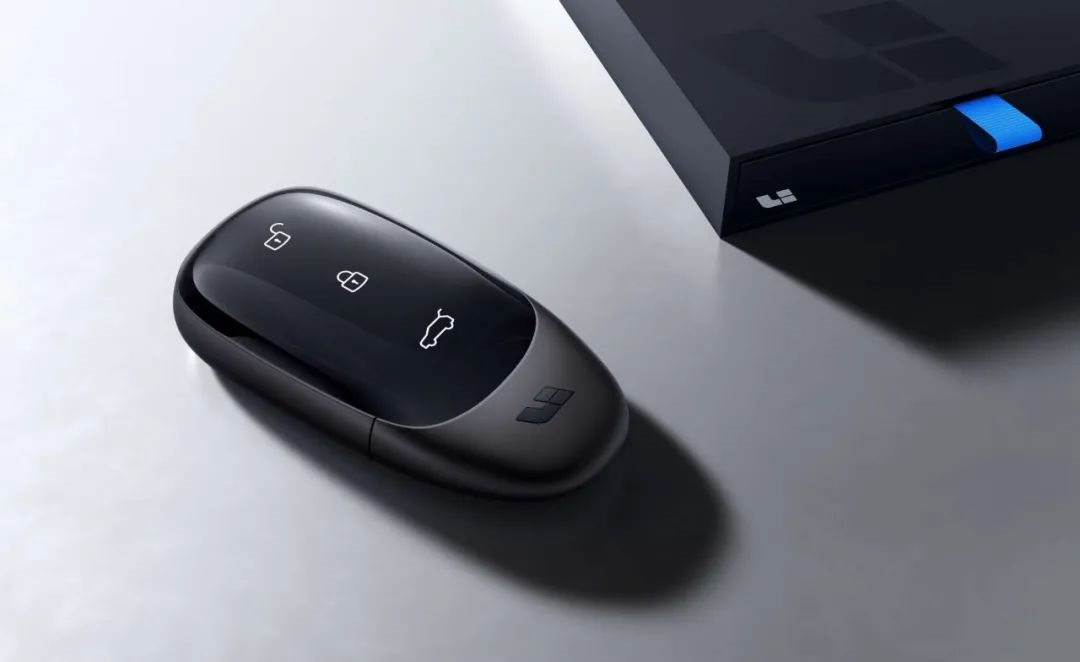
In terms of stability, a physical key is undoubtedly better than a mobile Bluetooth key.
If you only use a Bluetooth key, if you encounter an unexpected situation such as a dead phone battery or a lost phone halfway, you can only be anxious and powerless in front of the car.
Bringing a physical key is like bringing a backup key all the way.
2. Prepare some emergency cash in the car
Although electronic payment is very convenient now, just like using a Bluetooth key, it is useless if your phone encounters problems, no matter how much balance you have in Alipay.
In addition, some gas stations in some places still only accept cash payments. Even if you bring a lot of bank cards when traveling outside, it may not be so convenient to find an ATM.
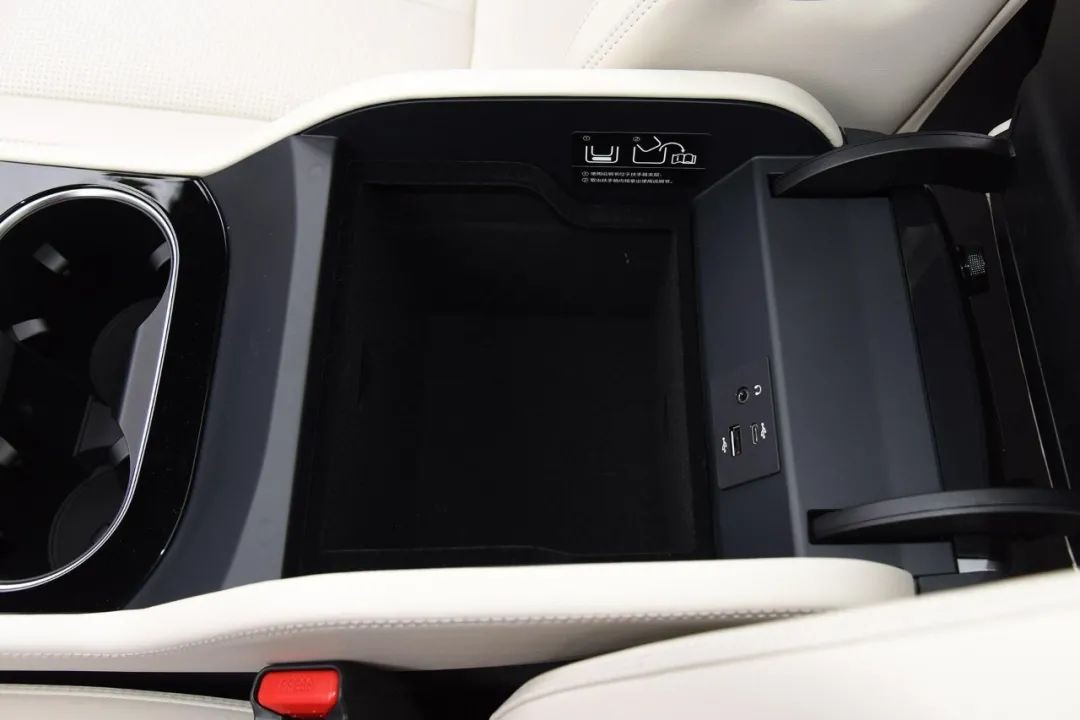
Therefore, it is strongly recommended to put about 500 to 1,000 yuan of cash in a hidden place such as the central armrest box in the front row for emergency use.
3. Bring commonly used medicines
When going out for fun, it is inevitable that you may encounter situations such as physical discomfort, skin abrasions, or joint sprains.
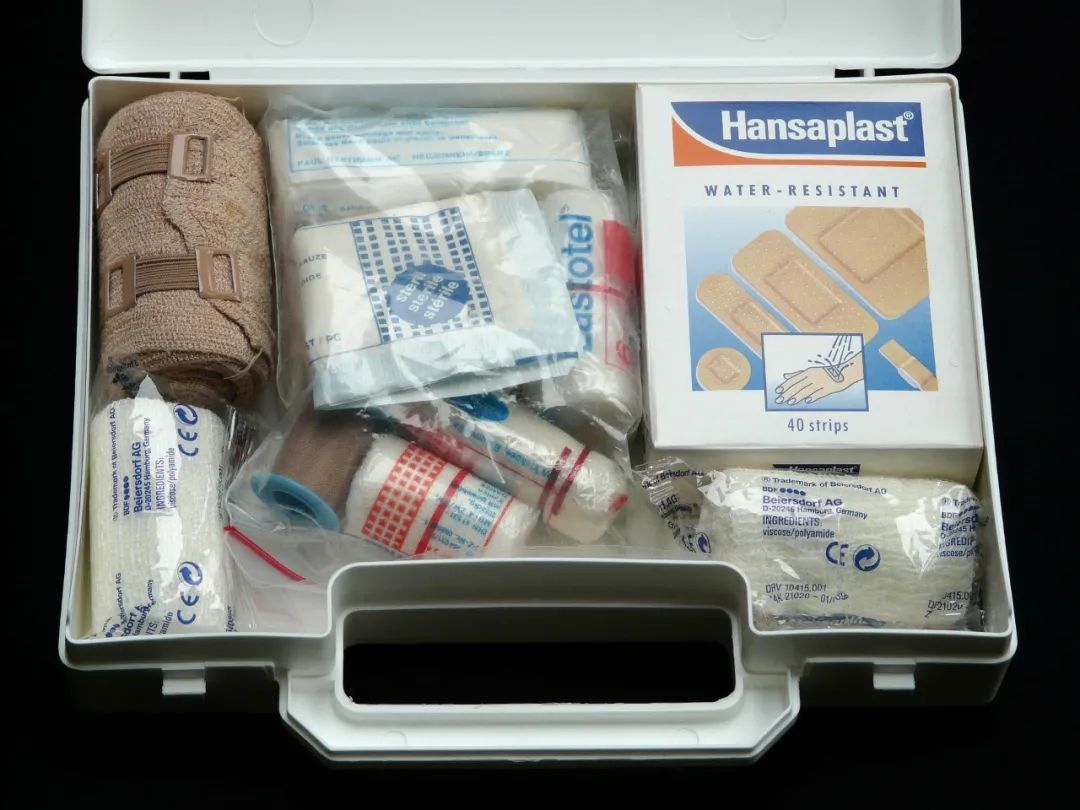
It is recommended to prepare a simple first aid kit in the car, and bring commonly used drugs such as band-aids, red flower oil, motion sickness medicine, cold medicine, painkillers, and anti-diarrhea medicine as needed, so that you can be prepared for unexpected situations.
4. Check the tires
Check the tires, first look at the appearance of the tires, whether there is obvious damage or abnormal wear, and then clean the small stones trapped in the patterns of the tires.
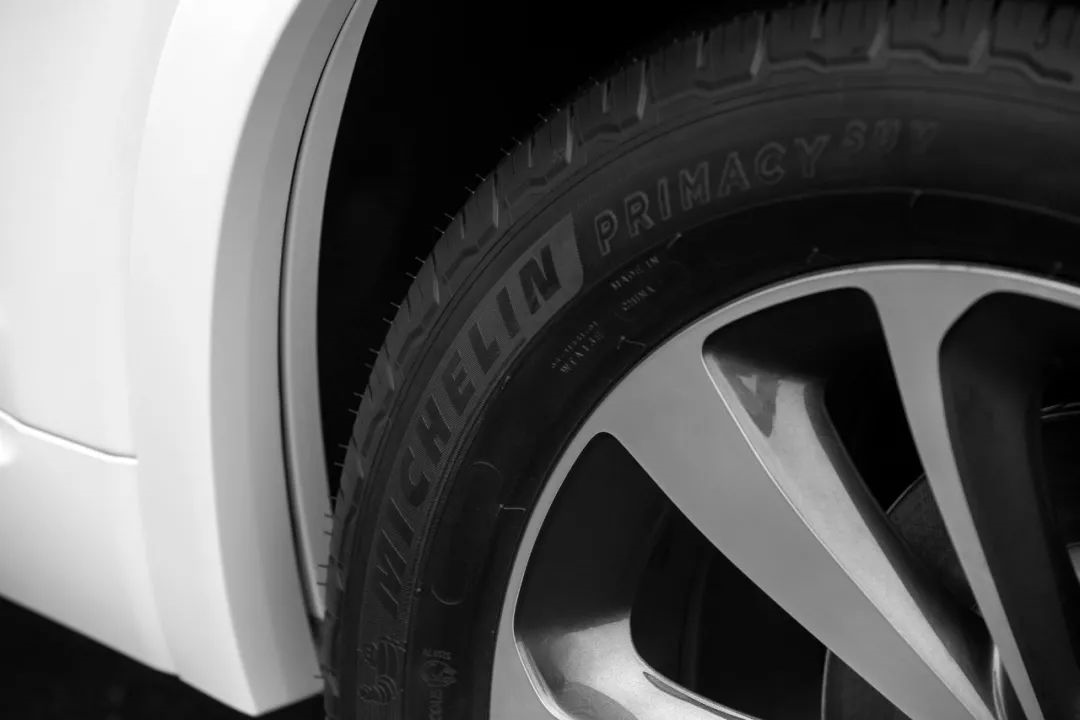
At the same time, you need to check the tire pressure of all four tires.
If the tire pressure is not enough, remember to use the inflatable pump under the trunk cover board to inflate the tire pressure before departure (the standard tire pressure for Ideal ONE is 2.5 bar for cold tires).5. Fill Up Windshield Washer Fluid
When driving on the road, the environment can be complex with dust and bugs, which easily dirties the windshield and causes more consumption of windshield washer fluid than everyday urban commuting. Therefore, it is essential to fill up the car with windshield washer fluid before departure, and if necessary, bring an extra bottle of washer fluid as backup.
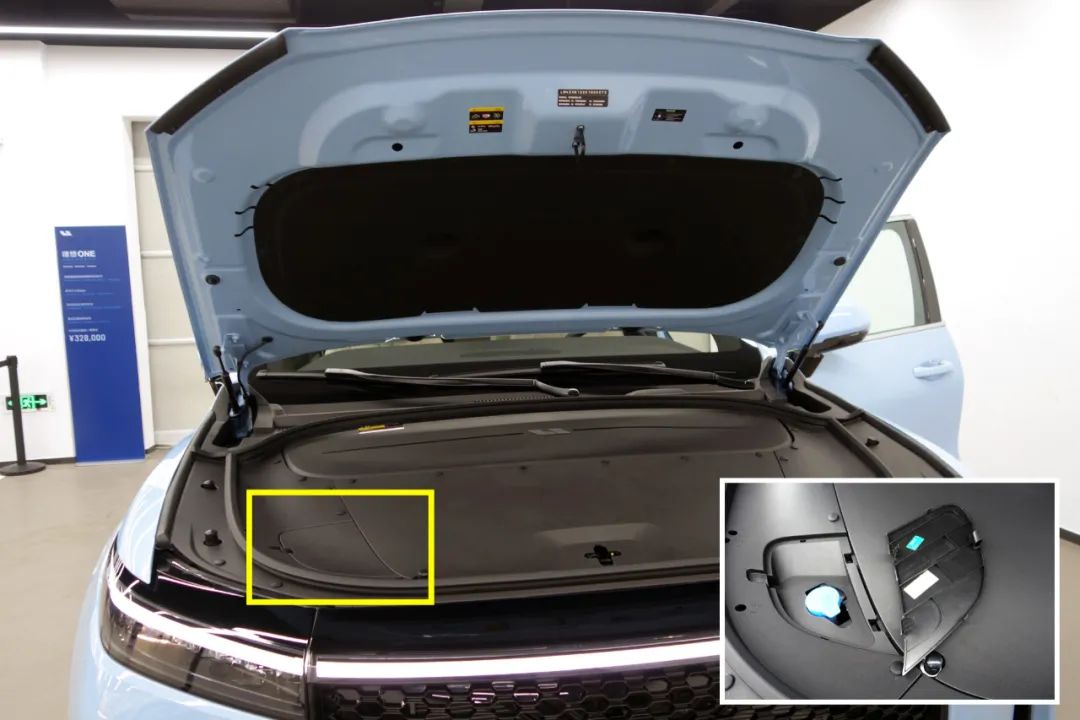
The ideal ONE’s windshield washer fluid filling port is located in the engine compartment. After opening the engine hood cover, remove the washer fluid reservoir cap, and then fill the car with washer fluid.
6. Fill Up Gas and Charge Battery
This one doesn’t need much explanation. When traveling on the highway, gas stations and charging stations in service areas will be congested. Prior to departure, make sure to fully refuel and recharge your battery so that you won’t have to worry.
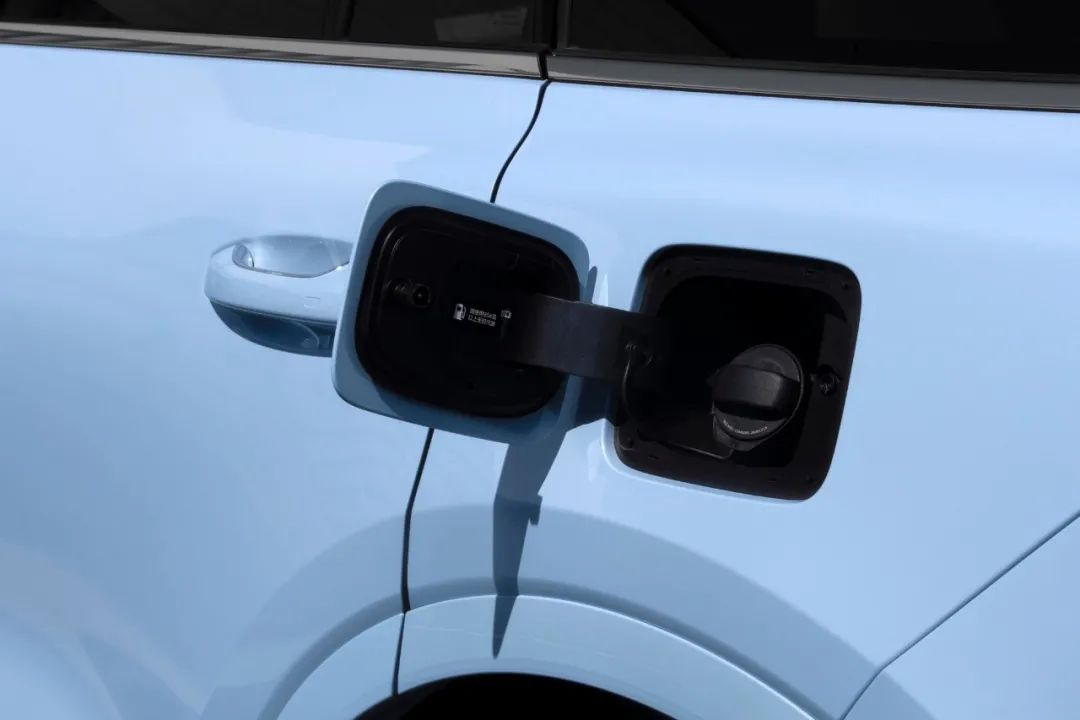
PS: Regarding the vehicle check before departure, let’s say a little more here.
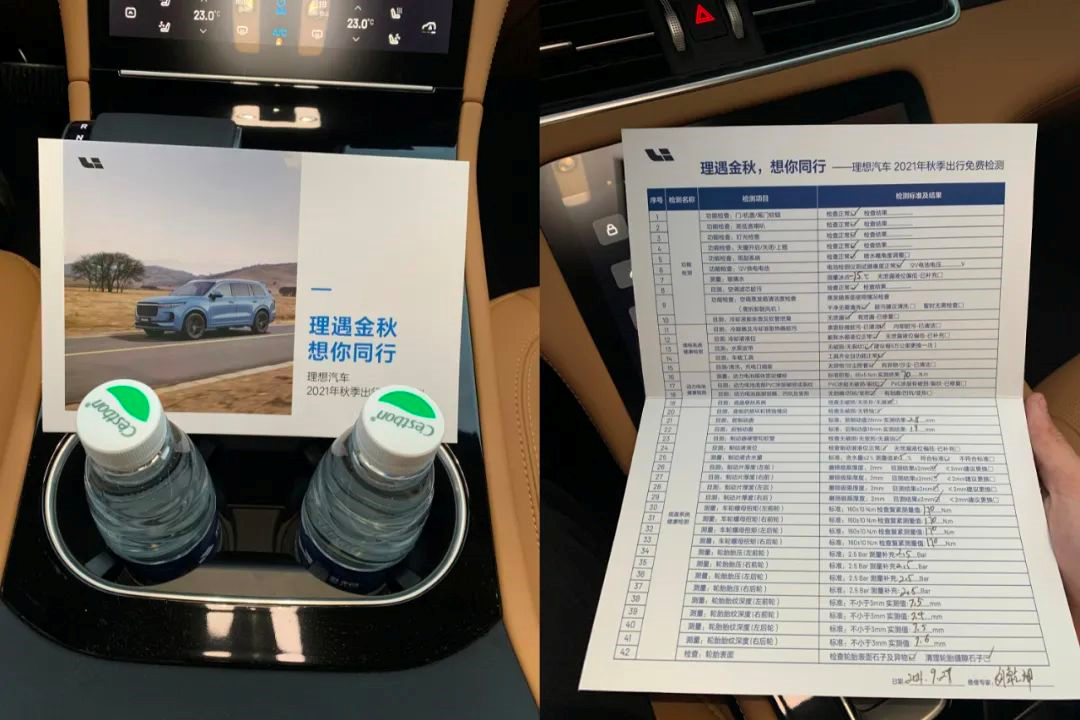
If you plan to avoid the peak period of the National Day and depart a few days later for a self-driving trip, you can contact your service expert and make an appointment for the “Fall Travel Free Inspection Service” provided by Ideal Auto. A professional aftersales team will conduct a comprehensive health check on your Ideal ONE.
Self-Driving Safety Tips
1. Fasten Seat Belts and Use Child Safety Seats
When traveling, be sure to fasten seat belts and have every seat in the car fastened with a seat belt.
In the above collision test video, the second-row dummy that did not fasten the seat belt not only flew out of the seat, but also caused serious injuries to the front-row driver. However, the dummy in the second row that was fastened with a seat belt was firmly restrained, reduced self-injury and had no impact on the front-row driver.
It is worth repeating again: When driving, please make sure that all passengers in the car fasten their seat belts!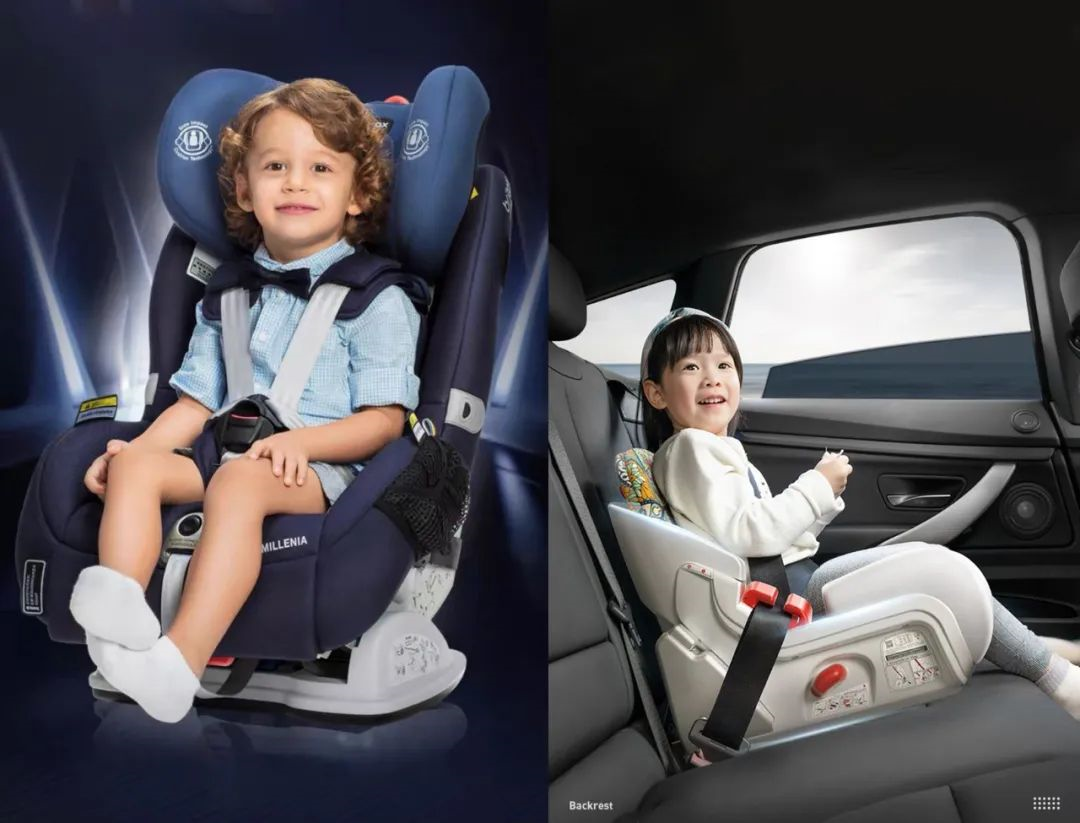
For those traveling with children, please prepare appropriate safety seats or children’s booster seats.
In case of emergency, both seat belts and child safety seats can effectively protect life safety.
2. Do not drive when fatigued
According to the Article 62, Paragraph 7 of the “Implementation Regulations of the Road Traffic Safety Law of the People’s Republic of China”, drivers of motor vehicles who have been driving for more than 4 hours should rest for no less than 20 minutes.

If you feel tired while driving, don’t force yourself to keep going. It’s better to find a safe place to rest.
Don’t forget that our ideal ONE has a large battery for power supply. If you feel tired, you can stop the car at a highway service area and take a comfortable rest in the car with the air conditioning on.
3. Keep valuable items safe
During a self-driving trip, if a person needs to leave the car, please pay attention to carrying valuable items or leaving at least one person to watch the car.

If it is a bulky item, such as a single-lens reflex camera or a drone that is inconvenient to carry around, cover it with clothes or a blanket before the person leaves.
4. Stay calm in case of tire blowouts
What should you do if you encounter a tire blowout while driving on the highway? First of all, do not panic or shout, and do not rush to take out your phone to post on social media.
The correct procedure is:
①. Keep both hands on the steering wheel and control the vehicle, do not steer;
②. Observe the rearview mirror and check the road conditions behind and on both sides of the vehicle;
③. With safety ensured, turn on the hazard warning lights;
④. Do not brake forcefully;
⑤. Slowly reduce speed by gently pressing on the brake pedal until the vehicle stops in a safe area;
⑥. Call the highway emergency hotline for help.
5. Evacuate promptly after a highway accident
If an accident occurs on the highway, do not wander around the car or stay in the car.
All personnel must evacuate to a safe area outside the highway guardrail as soon as possible to avoid being rear-ended by vehicles coming from behind.
If an accident occurs inside a tunnel, try to drive the car to a safe area outside the tunnel. The lighting conditions inside the tunnel are poor, and the visibility of vehicles coming from behind is low, making it prone to secondary accidents.
The video above shows an accident that occurred in a tunnel in July of this year. What was originally just a minor collision between two vehicles resulted in serious consequences due to the occupants not evacuating in time after the accident, causing them to be rear-ended by a following vehicle.
What mode should be used when driving on the highway
This is a frequently discussed topic. Regarding this issue, I believe the following two principles are very important:
-
In fuel priority mode, higher battery charge levels provide a better driving experience. It is recommended to keep the battery charged to at least 70% before embarking on a self-driving trip.
-
Whether in fuel priority mode or hybrid mode, avoiding battery charge reversal is the key to fuel economy. Using fuel priority mode during steady driving will not result in any battery charge reversal.
So, what mode should be used for highway driving? Based on my experience of driving during the National Day holiday, I think several typical examples can be used to illustrate it.
For car owners in cities with convenient charging conditions:
1. Inter-city Self-driving within 100 km
Inter-city self-driving within 100 km is within the ideal ONE’s pure electric range for a single trip. If the destination has adequate charging conditions, such as a hotel equipped with charging stations, the battery can be fully charged before departure and used for round-trip pure electric driving.
If the destination does not have convenient charging, the battery can also be fully charged before departure and fuel priority mode can be used during the trip, switching to pure electric priority mode for the return trip when the battery charge has reached the point where the range extender will start.
2. Long-distance self-driving
If there are adequate charging conditions in the destination city of the long-distance self-driving, the fuel priority mode can be used all the way after fully charging battery and fuel.
After arriving at the destination city, hybrid or pure electric priority modes can be used. Before returning, make sure to fully charge the vehicle’s battery before entering the highway to obtain a better high-speed driving experience.
If the charging conditions in the destination city of the long-distance self-driving are not favorable, I recommend using fuel priority mode all the way.
3. Long-distance climbing
When performing long-distance climbing within the ideal ONE, the fuel priority mode can be used. The range extender and the battery will jointly provide power to the vehicle, causing the battery charge level to drop.
If the battery charge level is not desired to drop too much, fuel priority winter mode can be used as it has a stronger ability to maintain battery charge. Of course, using fuel priority winter mode will result in higher fuel consumption.
Several practical points for driving the ideal ONE
1. Correct use of assisted driving
The ideal ONE is equipped with level L2 assisted driving, not autonomous driving!
The ideal ONE is equipped with level L2 assisted driving, not autonomous driving!## Ideal ONE is Equipped with Level 2 Assisted Driving, Not Fully Autonomous Driving!
Important things should be said three times.
As the name suggests, assisted driving can only assist drivers.
Therefore, although assisted driving can greatly reduce driver fatigue, the vehicle may still be unable to handle complex road traffic situations and manual intervention is required.
Therefore, when using assisted driving, the driver must focus on driving! When using assisted driving, the driver must focus on driving! When using assisted driving, the driver must focus on driving!
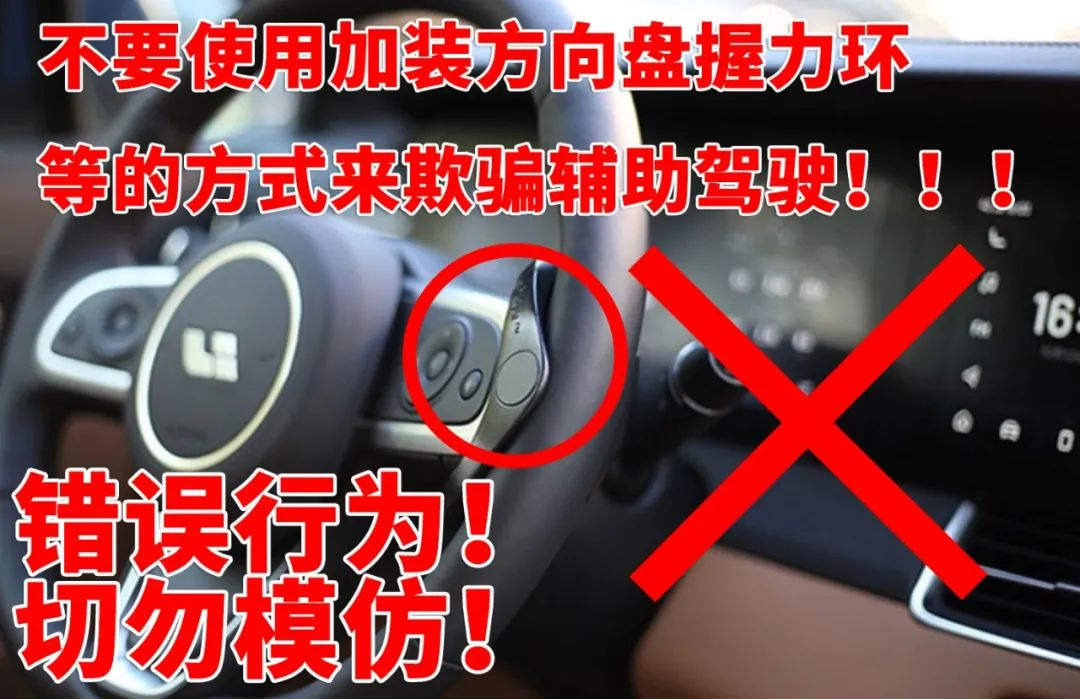
During the use of assisted driving, do not take your hands off the steering wheel, and do not use methods such as installing steering wheel force rings to deceive the system.
2. AEB Automatic Emergency Braking is Not All-Powerful
AEB Automatic Emergency Braking is enabled by default and can be used regardless of whether assisted driving is enabled or not.
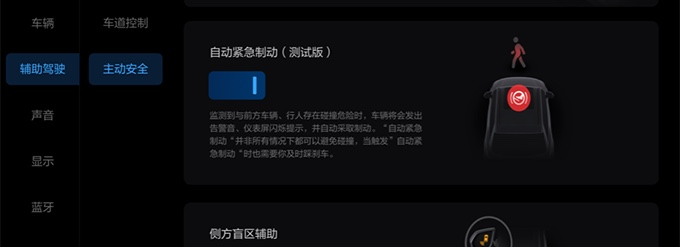
Ideal ONE 2020 Edition: When the vehicle speed is between 8 – 90 km/h, and there is a risk of collision with the vehicle in front, or when the vehicle speed is between 8 – 80 km/h, and there is a risk of collision with the pedestrian, motorcycle, or bicycle in front, the driver will be reminded to brake by tapping on the brake. If the driver does not take effective braking action, the automatic emergency braking system will be activated to stop the vehicle.
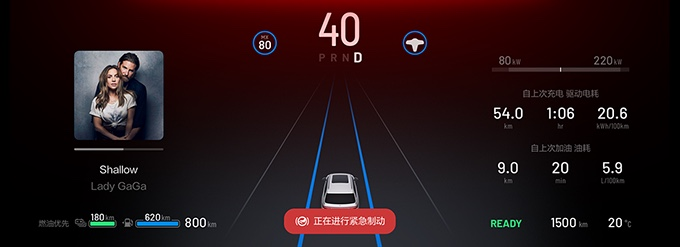
Ideal ONE 2021 Edition: When the vehicle speed is between 8 km/h and 45 km/h, and the system determines that collision with a stationary small car or truck is unavoidable, or when the vehicle speed is between 8 km/h and 75 km/h, and the system determines that collision with a moving small car or truck is unavoidable, the automatic emergency braking feature will be activated, and the system will apply braking force to reduce the speed and avoid or mitigate the collision as much as possible.
However, due to the complex driving environment of real-time traffic, roads, weather, and other vehicles, the radar cannot guarantee correct detection under all conditions.
If the radar cannot detect the vehicle in front, the automatic emergency braking system will not work.
At the same time, severe weather and wet road conditions can also cause the system’s performance to decline.
The performance of AEB will also be greatly limited for targets that enter the system after the vehicle has changed lanes or in sharp turns.
Like assisted driving, drivers cannot rely too much on the automatic emergency braking system.3. The driver can exit the vehicle without shutting off the power
When someone is detected in the front row of the vehicle, Idean ONE will not shut off power even if the driver leaves with the key.
If there is no one in the front row, the driver needs to leave the key in the vehicle to keep the power on and to lock the car (it is recommended to leave the physical key in the vehicle, as there is a small chance of mistakenly locking the car with the mobile Bluetooth key left inside).
Alternatively, after the driver exits the vehicle, he/she can stand next to the car and step on the brake, enabling the car to enter the “Ready” state. In this case, even if the driver takes the key and leaves, the vehicle will not shut off power and will remain locked.
4. When parked for a long time with the A/C on, remember to step on the brake
Some car owners may find that the A/C has automatically shut off after they wake up from sleeping in the car.
This is because, without entering the “Ready” state, the vehicle will automatically shut off to save power when it is not powered off for a long time.
To solve this problem, simply step on the brake to enable the car to enter the “Ready” state, and the car will remain powered on as long as there is power, allowing the A/C to operate continuously.
5. Use the wheel hub view when driving on narrow roads
When encountering narrow roads, you can activate the 360° wheel hub view function.
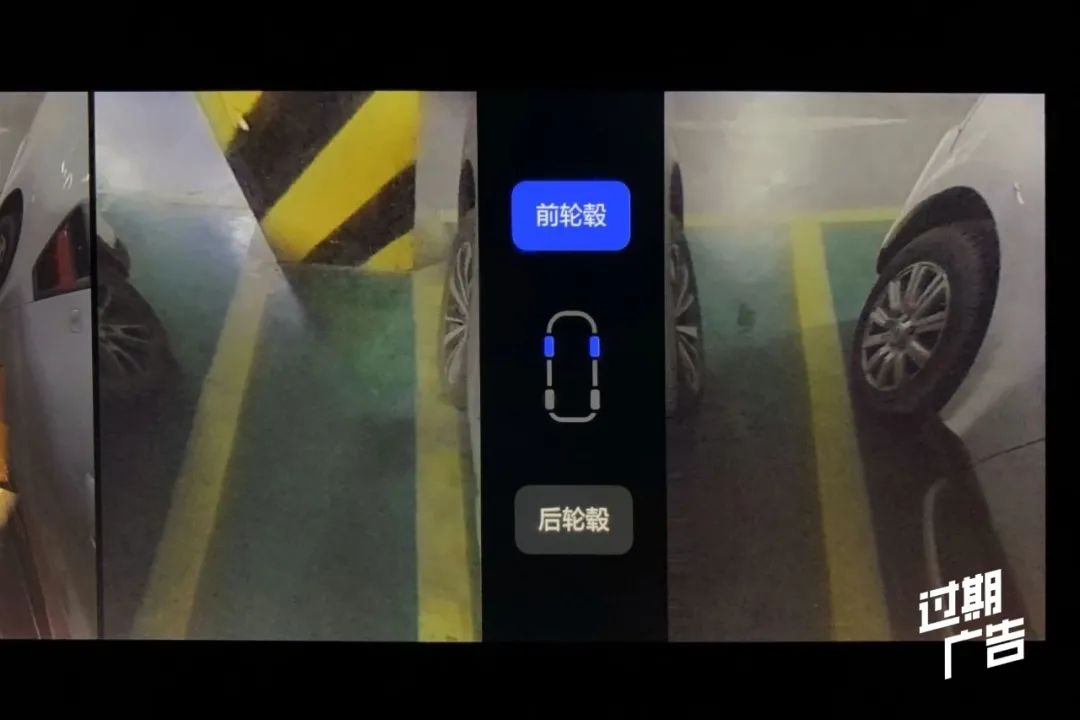
Using the wheel hub view function, it is easy to check the distance between the vehicle and obstacles around it, avoiding damage to the car caused by obstacles.
6. Drive off-road with caution
When encountering difficult road conditions, you can activate the off-road rescue mode on the A/C screen, which can effectively enhance the vehicle’s ability to get out of trouble.
The above video shows the dynamic pulley group demo of the 2020 Idean ONE in off-road rescue mode.
Although Idean ONE has some off-road rescue capabilities, fundamentally, it is not a hardcore off-road vehicle. If you want to challenge non-paved roads during self-driving trips, please drive with caution.
Blind off-roading not only risks the vehicle being stuck, but also damages the chassis easily on rough terrain. If the battery is damaged, the loss incurred will outweigh the benefit.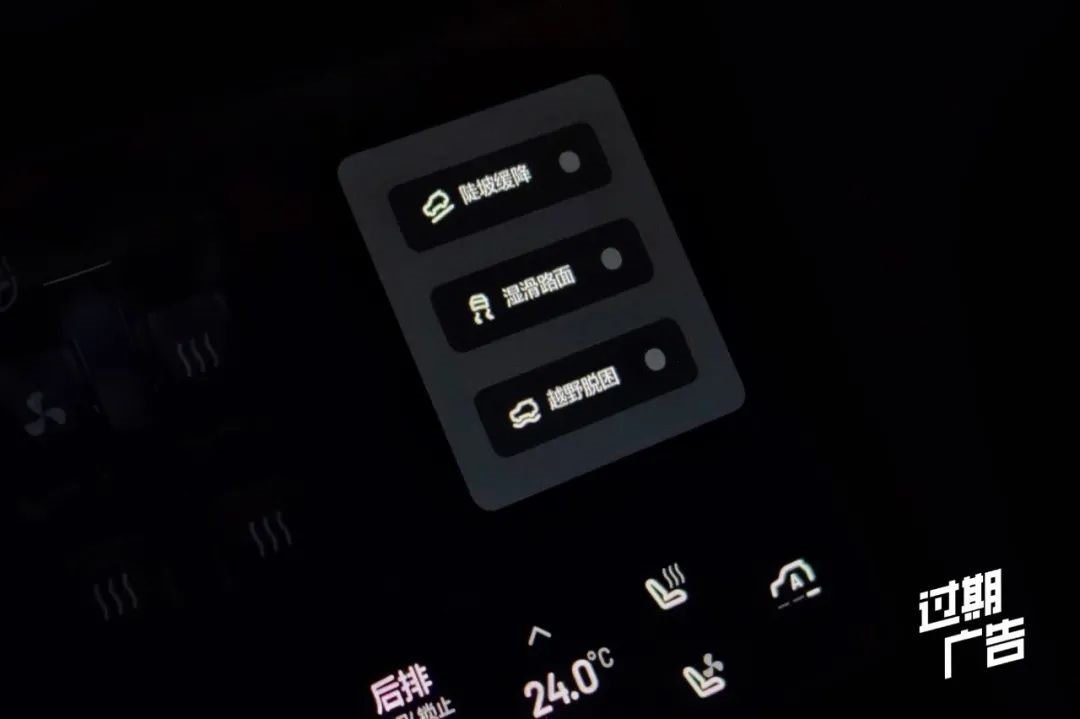
In addition, if encountering slippery roads, you can also turn on the slippery road mode on the control panel.
After turning it on, when driving at low or constant speed, the vehicle will maintain the working status of both front and rear motors as much as possible, ensuring better grip and tire response.
At the same time, after turning on the slippery road mode, to avoid sudden deceleration leading to vehicle drift, the regenerative braking force of the vehicle will be weakened which needs to be paid special attention to.
If encountering a long downhill, the steep slope descent function can be turned on.
With the steep slope descent function turned on, the slippery road or off-road rescue mode can be turned on at the same time, but they cannot be turned on simultaneously.
7. It is convenient to travel in a group with Gaode Map
If multiple cars are traveling together, it is recommended to use the group function of Gaode Map.
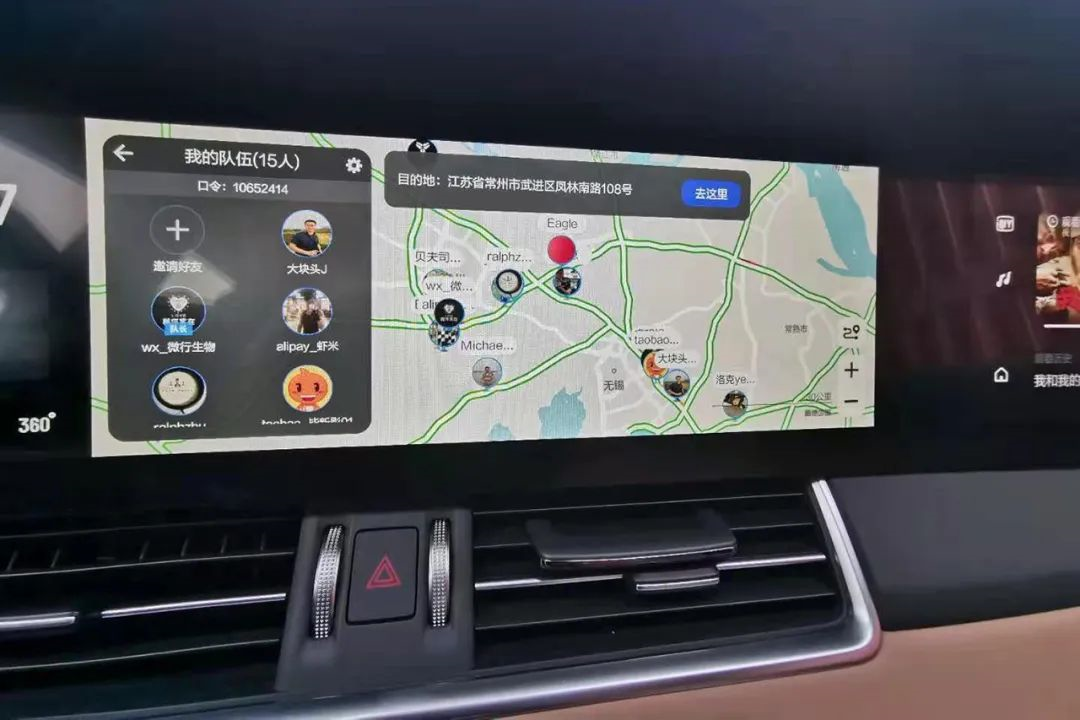
With the group function, it is easy to view the real-time location of other vehicles in the fleet.

The use of group function is very simple. In the Gaode Map application of Li Xiang ONE, click on my avatar in the upper left corner, then click on the group function, select create a team or enter group password to join the team.
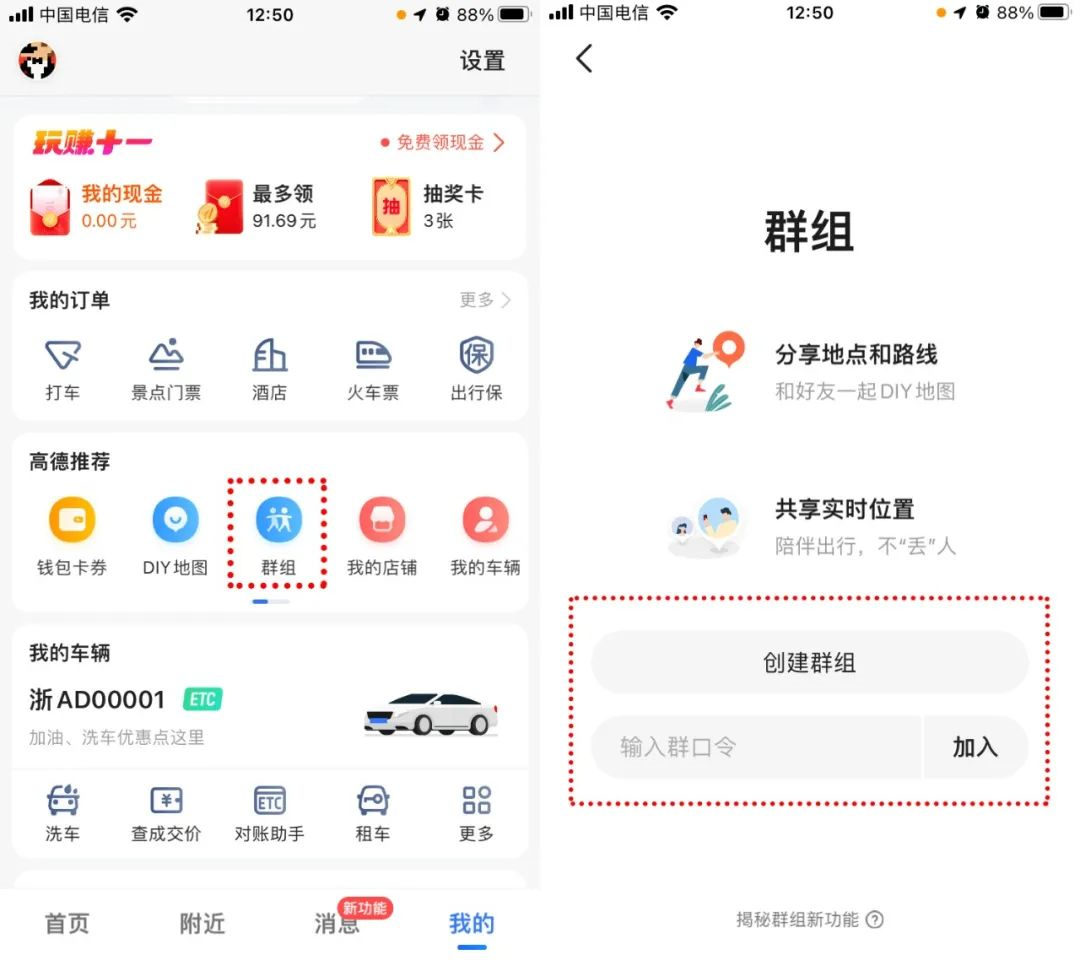
If other vehicles traveling together are not Li Xiang ONE, you can use the “group” function in the Gaode APP on your mobile phone, click the “create group” button or enter the group password to join the group, and the same group function can be used.
8. Do you know where the rearview mirror heating switch is?
When going out, it is inevitable to encounter rainy days. Many new car owners may not know where the rearview mirror heating switch of Li Xiang ONE is.
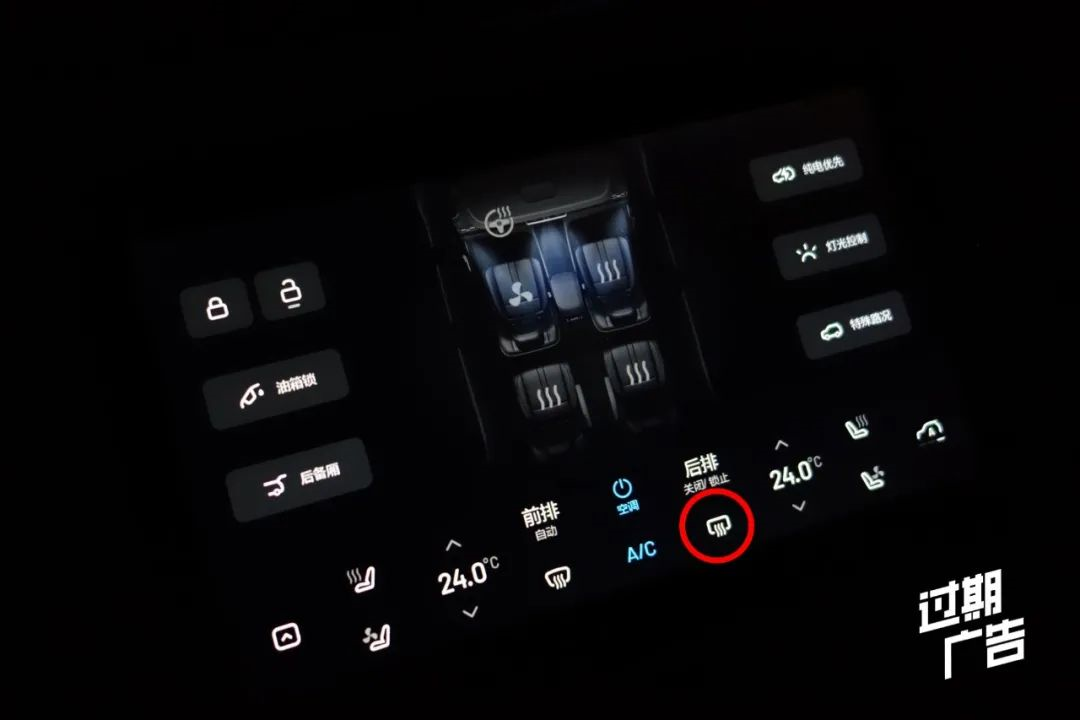
The rearview mirror heating switch of Li Xiang ONE is connected with the tailgate glass heating function. Click the switch in the red circle in the above picture to turn on the rearview mirror heating function.
9. Know the water wading depth
Li Xiang ONE can pass through short-distance stagnant water roads with a depth of 450 mm and long-distance stagnant water roads with a depth of 300 mm at low speed, and the safe wading height is about half a wheel hub.Please make sure to observe the depth of the water before driving through it to ensure that it is below the safe water crossing level.
During the process of driving through water, please also observe the passing situation of the front car and try to follow the safe path that it takes.
At the same time, when the vehicle has high battery power, try to turn on the pure electric mode to pass through flooded areas at a constant speed, while paying attention to the waves from opposite traffic to avoid water entering the air intake of the range extender in the engine compartment.
Although the IDEAL ONE has a certain ability to cross water, it is still recommended to drive through water cautiously, take a longer route, or park the car in a safe place and continue driving after the situation has improved.
10. Make the Most of the Driving Recorder
The driving recorder of IDEAL ONE can be found on the central control screen.
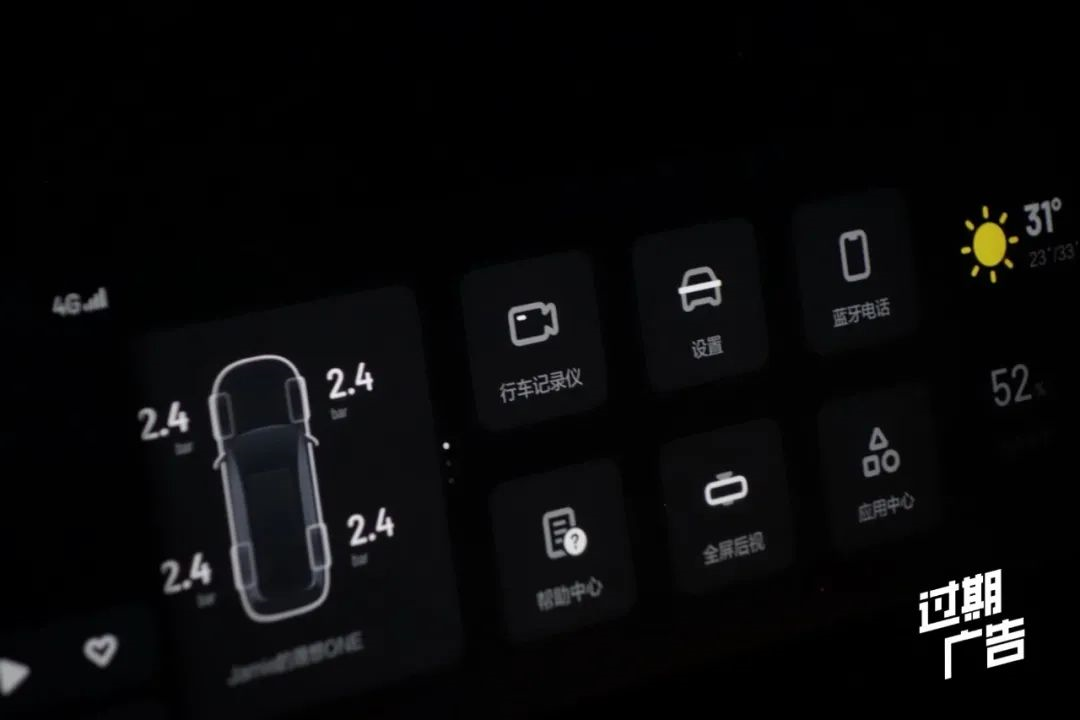
Videos of sudden acceleration, sudden braking, and other situations will be automatically saved in the emergency video section.
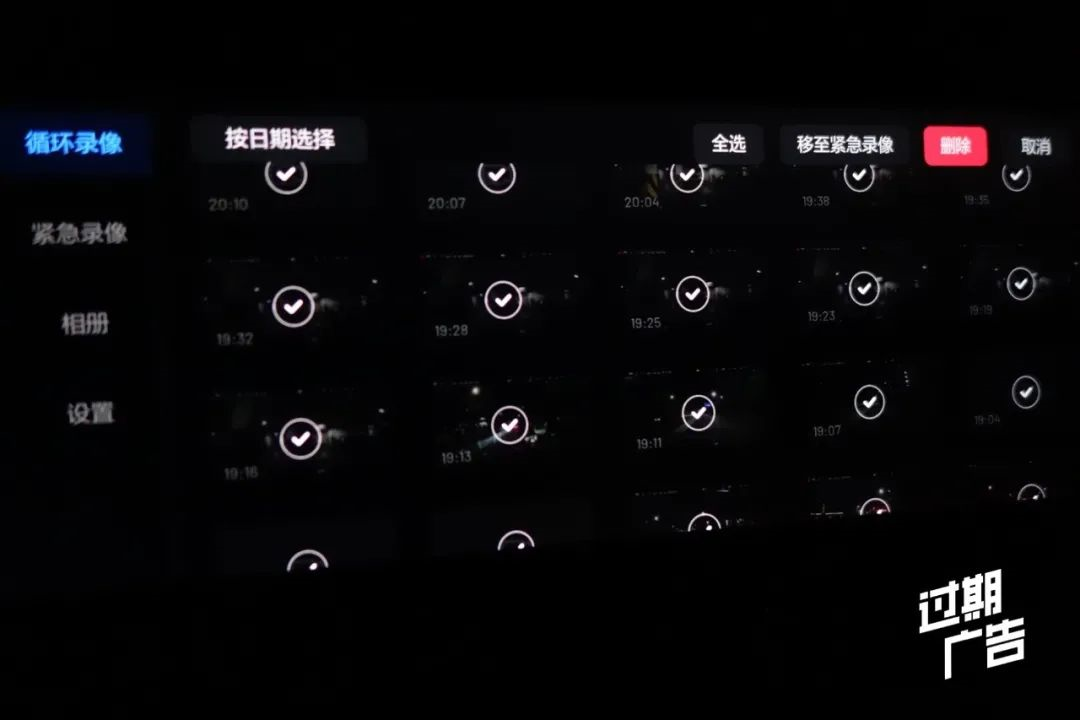
If there are other videos that you want to keep, you can click “Edit” in the cyclic video section, select the video you want to keep, and move it to the emergency video section.
11. Use Headphones in the Passenger Seat to Avoid Mutual Disturbance Between the Driver and Passenger
During the driving process, if you feel that the passenger watching a video is too loud, you can let the passenger use wired headphones or connect a Bluetooth headset.
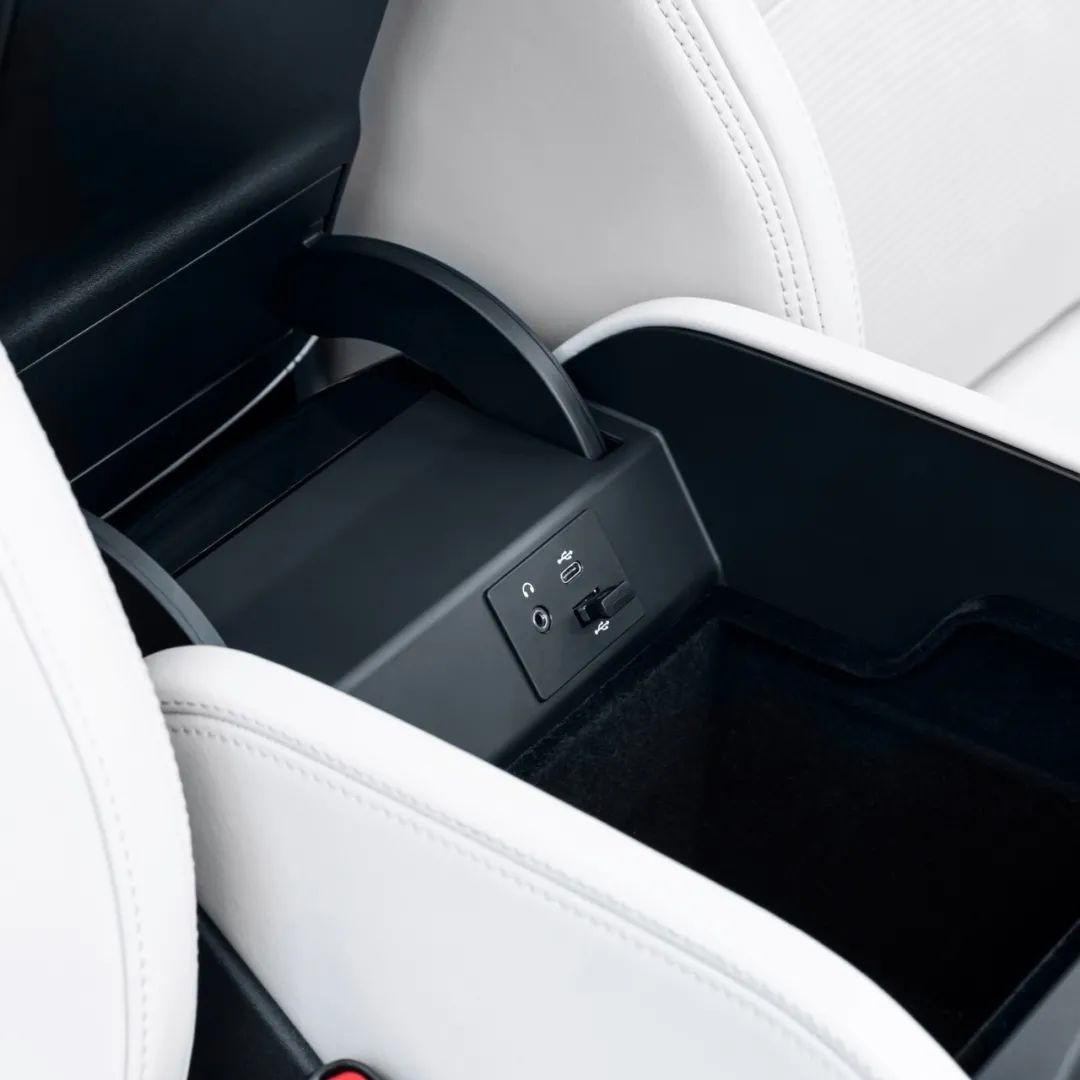
Both the wired headphone jack and Bluetooth adapter are located in the front central armrest box.
After the passenger uses the headphone, the sound of the entertainment screen in the passenger seat will be emitted from the headphones, and the driver no longer needs to worry about being distracted by the exciting video on the screen.
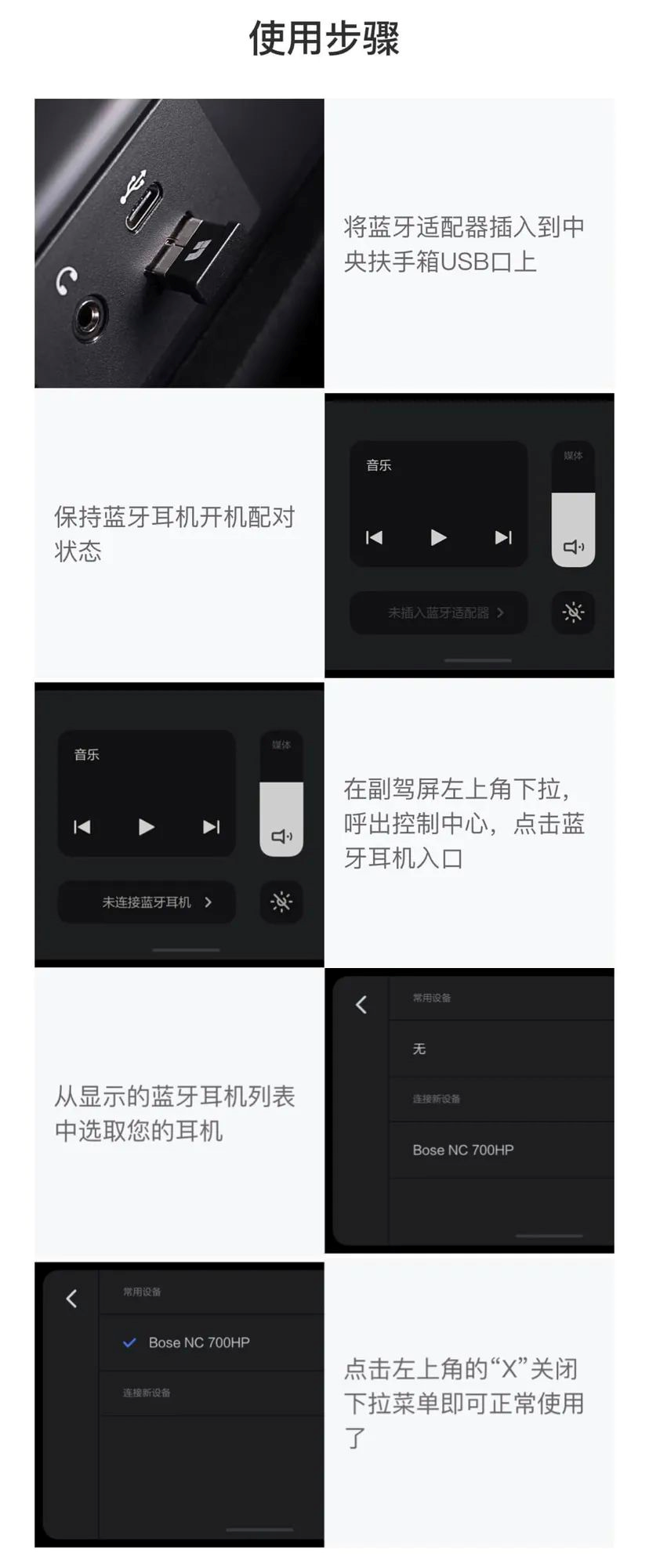
Please refer to the above picture for the usage of the Bluetooth adapter.
12. Check-in at Scenic Spots and Leave Your Footprints
Checking in at scenic spots is a fun feature of the IDEAL ONE. When driving the IDEAL ONE through the preset range of a scenic spot landmark, the vehicle’s positioning system will automatically record the landmark information and successfully check in at the scenic spot.
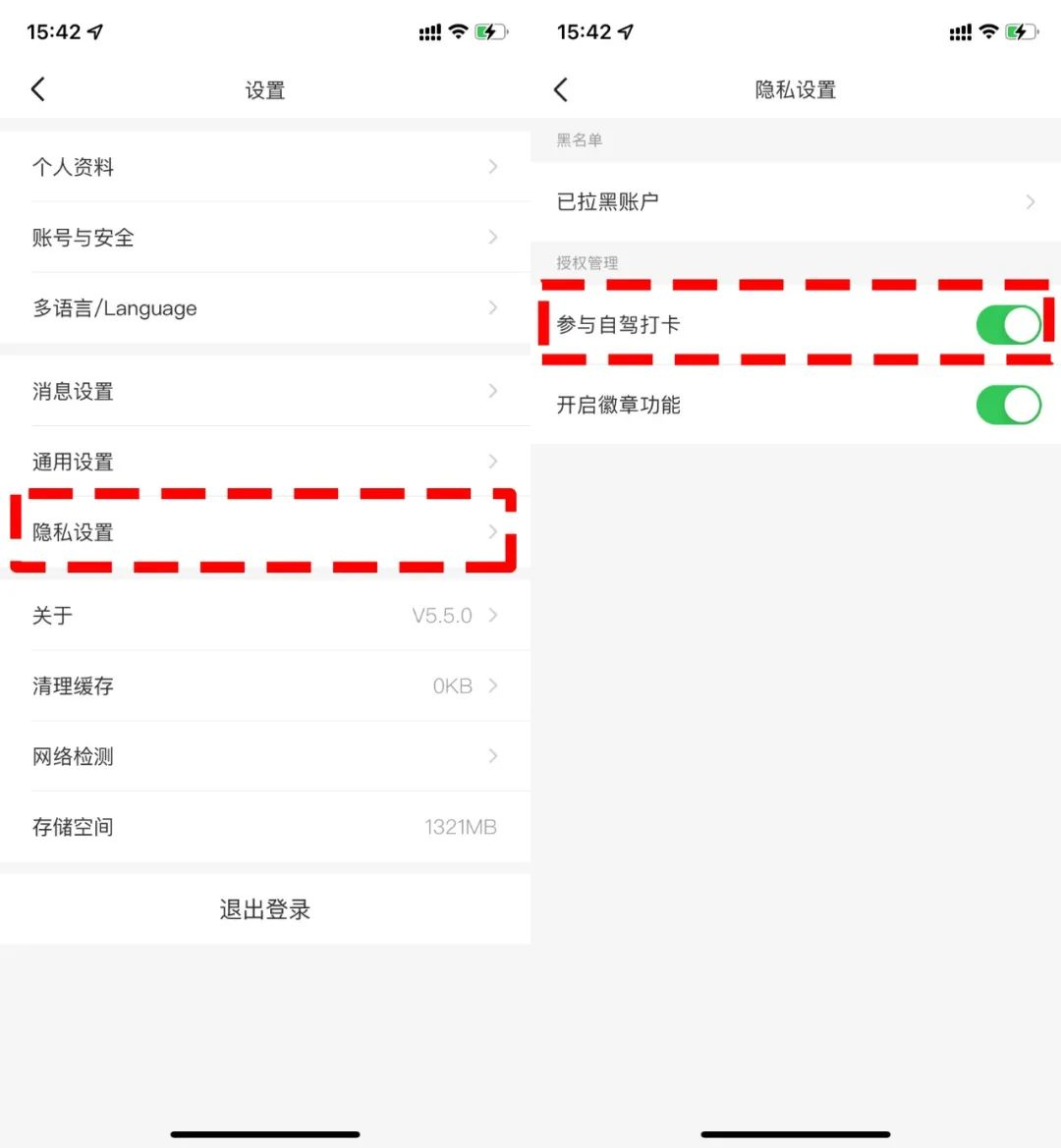 The function is disabled by default and can be enabled in “My – Settings – Privacy Settings” in the IDEAL Car app.
The function is disabled by default and can be enabled in “My – Settings – Privacy Settings” in the IDEAL Car app.
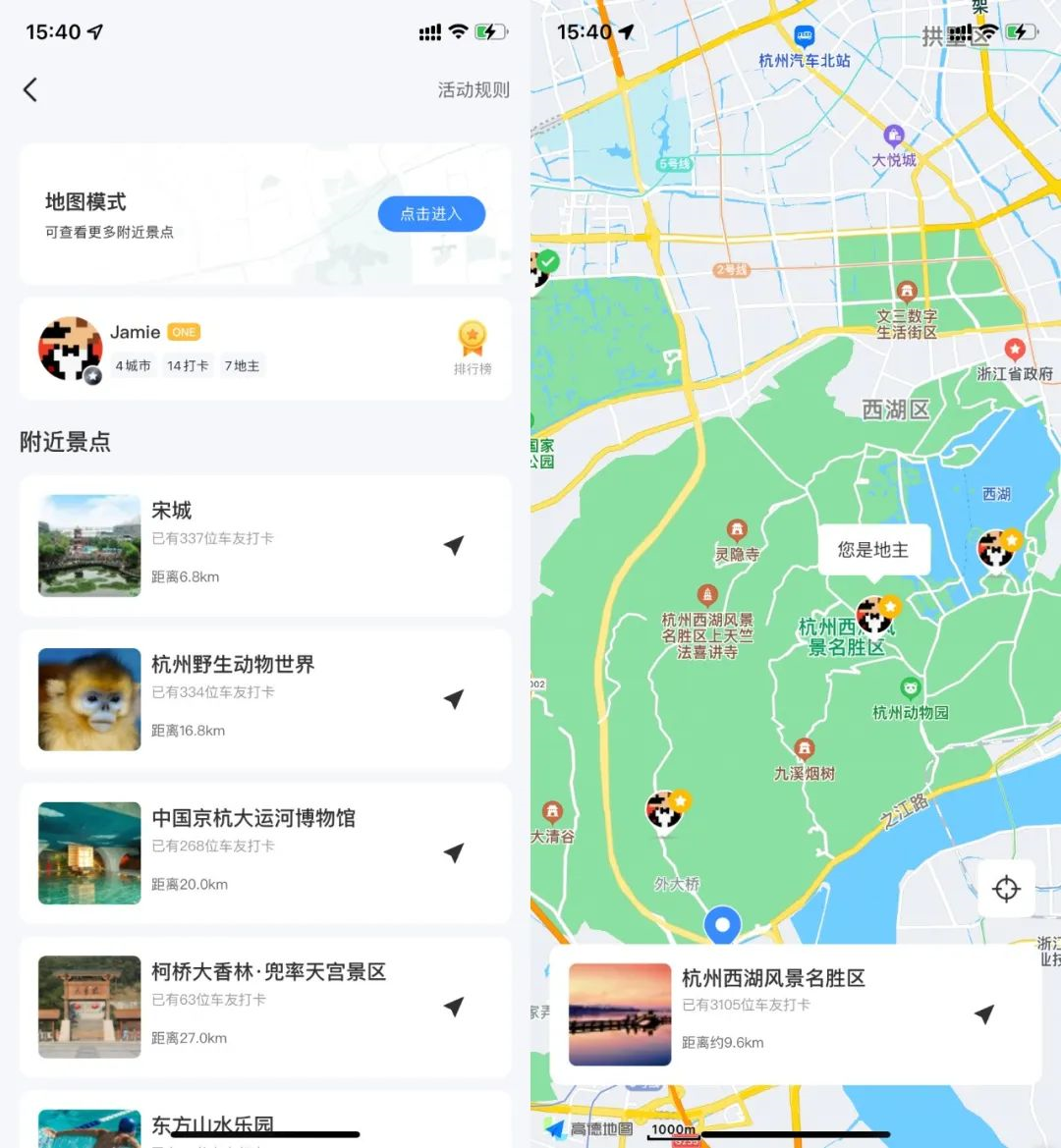
After successfully checking in, the check-in record will be displayed in the check-in section of the IDEAL app’s scenic area, and you can also check your check-in ranking in the self-driving check-in leaderboard.
Wishing you a smooth journey
The National Day holiday is approaching, and I hope this self-driving guide can be of some help to everyone’s travel.
Finally, I wish all our IDEAL friends a happy National Day holiday and a smooth self-driving journey!
This article is a translation by ChatGPT of a Chinese report from 42HOW. If you have any questions about it, please email bd@42how.com.
